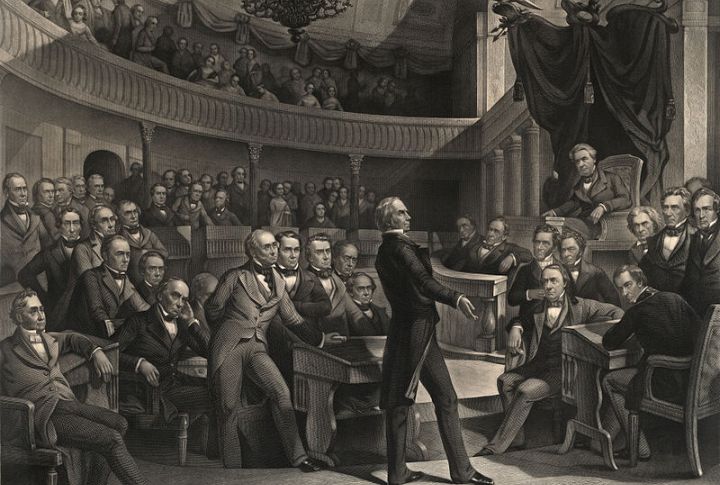
You might think a war begins with a single shot, but the Civil War started much earlier in quiet rooms and crowded meetings. Politicians and ordinary citizens all played their parts as tensions bubbled up. The real story is how small disagreements snowballed into something much bigger, reshaping a nation along the way. Keep reading to know more.
The Missouri Compromise Of 1820
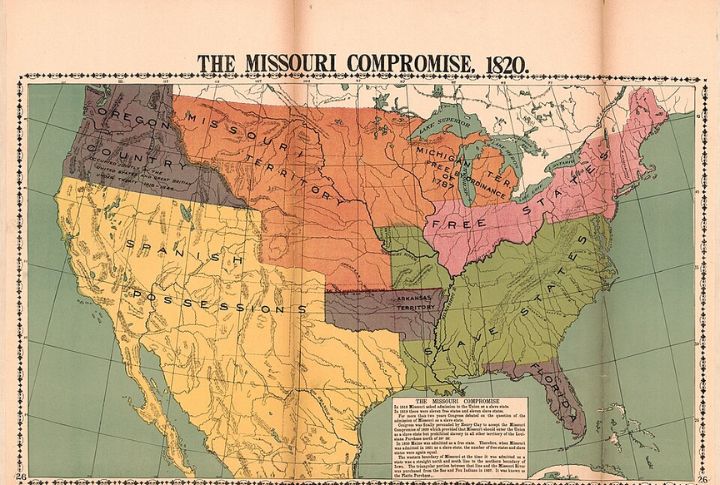
When Congress drew a line through the Louisiana Territory, it hoped to cool the hot debate over slavery by balancing new slave and free states. Missouri entered as a slave state, Maine as free, but this temporary fix only deepened the country’s split.
Nat Turner’s Rebellion In 1831

Nat Turner’s uprising was the deadliest slave revolt in U.S. history, shaking the South to its core. Over fifty white people were killed, which led to harsher slave laws and a wave of fear. Virginia even considered gradual emancipation before tightening restrictions further, ultimately showing how deeply slavery divided America.
Annexation Of Texas In 1845
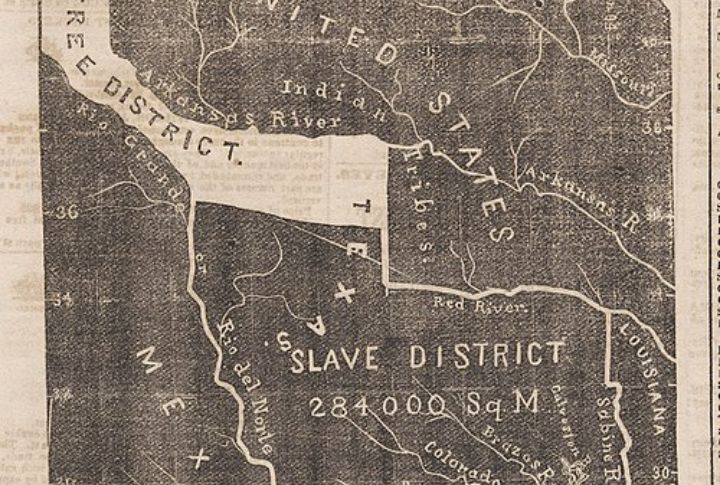
Texas joined as a slave state, which reignited old tensions and sparked a war with Mexico. Fearing a rising “Slave Power,” Northerners grew anxious. John Quincy Adams warned that this move could trigger a civil war, a prediction that became unsettlingly accurate as America edged toward deeper division.
The Compromise Of 1850

This deal made California a free state and toughened the Fugitive Slave Act, requiring Northerners to help capture runaways. The law’s harshness pushed many moderates toward abolition, as ordinary people who once stayed out of politics now saw slavery as a personal and moral issue, not just a distant Southern concern.
Kansas-Nebraska Act Of 1854
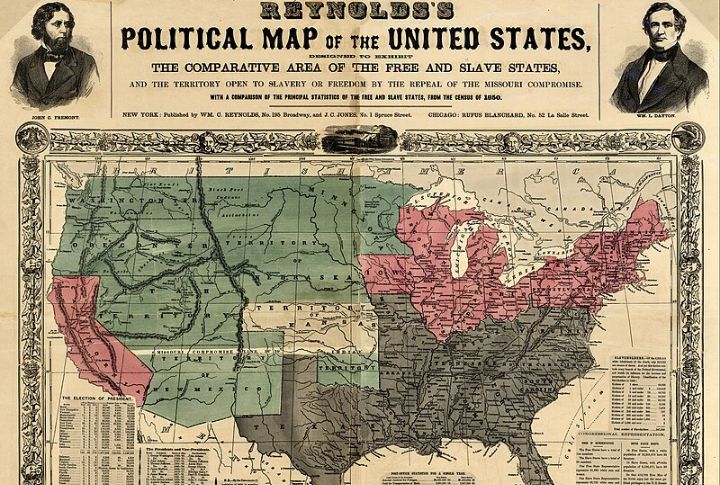
By undoing the Missouri Compromise and letting new territories decide on slavery, this law set off a rush of settlers to Kansas, both pro- and anti-slavery. The resulting violence, known as “Bleeding Kansas,” showed just how combustible the slavery issue had become, even leading to violence in Congress.
Publication Of “Uncle Tom’s Cabin” In 1852
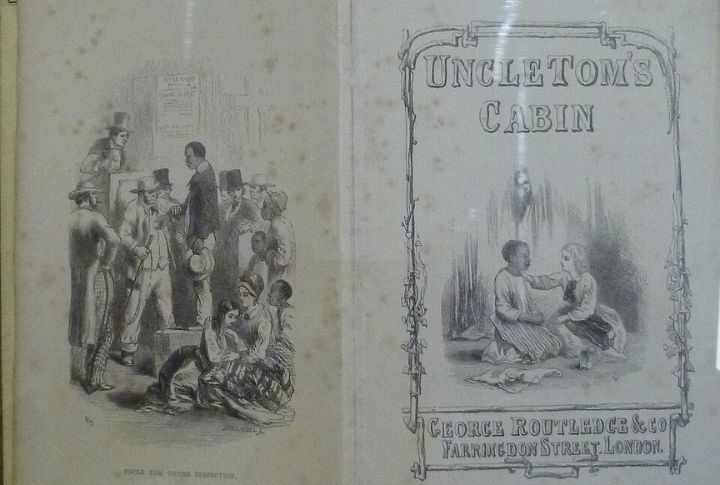
Harriet Beecher Stowe’s novel sold hundreds of thousands of copies, vividly portraying enslaved people’s suffering to Northern audiences. Banned in parts of the South, it provoked deep resentment. Stowe’s powerful anti-slavery message earned her the label “the little lady who started this big war,” highlighting its national impact.
1859 Harpers Ferry Raid By John Brown
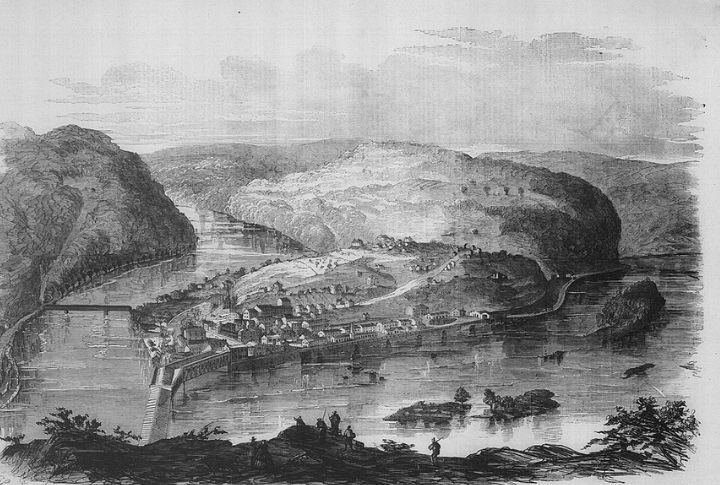
John Brown’s raid at Harpers Ferry aimed to ignite a slave rebellion by capturing a federal armory. Halted by Robert E. Lee’s forces, Brown became a Northern martyr and Southern villain. The episode deepened Southern fears of Northern conspiracies, ultimately intensifying the nation’s slide toward open conflict.
The Dred Scott Decision Of 1857
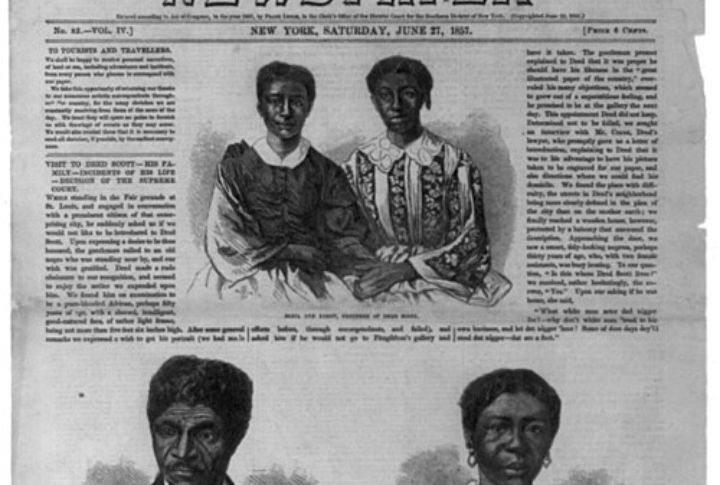
The Supreme Court’s ruling that Black Americans couldn’t be citizens and that slavery couldn’t be banned in the territories shocked the North. Rather than settling the issue, it convinced many Northerners that the courts and government were stacked in favor of slavery, deepening distrust between the regions.
Attack On Fort Sumter In April 1861
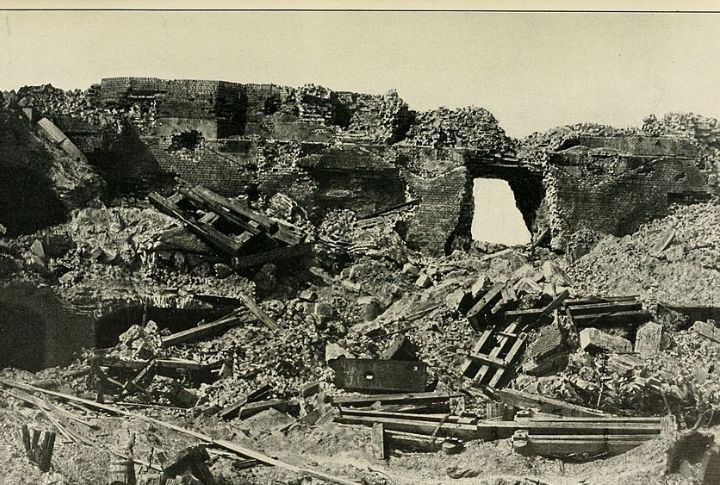
Confederate troops launched the Civil War by attacking Fort Sumter, which prompted Lincoln to summon 75,000 troops and deepen divisions. No deaths occurred during the initial bombardment, yet it marked an irreversible conflict. Northerners saw rebellion, while Southerners believed they were defending sovereignty from federal intrusion.
The Election Of Abraham Lincoln In 1860

Lincoln’s election, without a single Southern electoral vote, sent shockwaves through the South. His party’s stance against the spread of slavery—not immediate abolition—was enough to drive seven states to secede before he even took office, setting the stage for the split that would lead to war.

